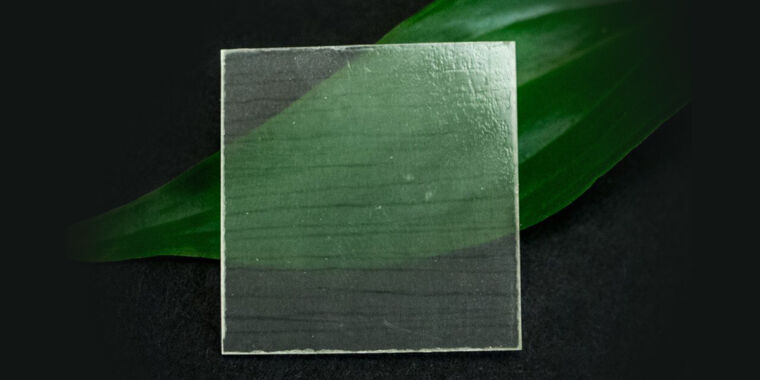The material is being exploited for smartphone screens, insulated windows, and more.
Just as a reminder, it isn’t wood only. It’s a composite material. Essentially plasticized wood.
They strip or decolor the lignen, then pump in one resin or another (depending in what company is doing the development experiments), and the result is translucent.
However, it is a great material! Extremely strong, enough to be used structurally. A great insulator. It has incredible potential in construction.
The flaw in that is that the material is basically a hunk of plastic, which means it’s not biodegradable the way natural wood is. It’s also way too early in development by any of the companies trying to be recyclable at all. It may well end up not being recyclable, ever. So you’re looking at an incredible material that may possibly have properties that make it more trouble than it’s worth in the long run.
Like, my opinion after reading about this stuff a decent bit after this news hit, I don’t see it replacing glass or wood any time soon. It’ll be more expensive, harder to work with, and be essentially single use because you can’t reuse it very well unless you just happen to need things the exact same sizes. It still relies on the same sources we get wood from so there’s no ecological benefit to it.
So, it’s cool as hell, but my gut says it won’t amount to much
This is very important info. Thanks for sharing.
While interesting, the article keeps mentioning display screens on phones as a potential application area. I feel like tensile strength is not a key issue in display materials, so much as resistance to scratching, whick is why we use glass lined composites today.
The thermal insulation on a translucent, load bearing material is certainly interesting as well as the developments in making the material environmentally friendly to produce.




